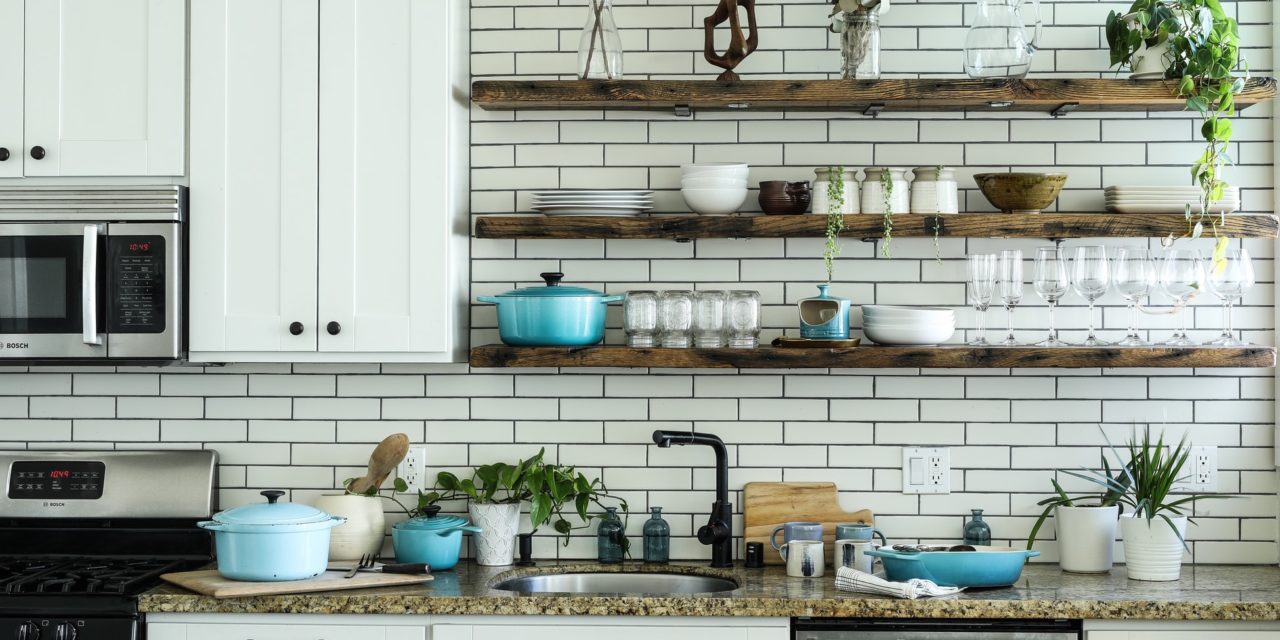[ad_1]
Not all good things come with a hefty price tag! It's very apt when we talk about the cast iron cookware. You can buy expensive modern cookware made of lighter metals and alloys, but the advantages of cast iron are unique as compared to other alternatives. Be it price, durability, heat distribution or heat retention, this cookware is definitely the best choice for some applications.
Although it sounds old fashioned, cast iron skillets and Dutch ovens are important kitchen tools. Take a look at some of the advantages of using cast iron:
While it may take a bit longer to get up to the temperature, once heated, cast iron evenly distributes heat throughout the entire utensil. It also retains heat for some time unlike aluminum and other cookware metals. This cookware material would be a great choice for braising or browning as it provides constant temperature for soups, stews or thick sauces. It would also be superb for mix vegetable recipes, roasts and slow cooking. The results would also be tastier meals.
The durability of cast iron skillets and cookware is yet another advantage. This cookware has been known to be passed down from generation to generation. With proper care, it will continue to perform well for many more decades. Newer versions include enamel coated which has the same durability but adds fashion colors along with different shapes and sizes.
In contrast to general belief, this cookware is fairly easy to manage and maintain. Reconditioning can be done in your oven. After heating to a high temperature for several hours followed by cleaning with baking powder or other biodegradable scrubbing powder, rinse thoroughly and then apply a coating of fat or oil on the surface and allow the oil to fill in the porous surface of the pan. After each use, apply a thin coat of oil to the clean surface. This will create a barrier for protecting your cookware.
While its aged and conditioned pots are not truly non-stick, the traditional alternative does obtain a sheen and finish that has characteristics similar to non-stick.
Cast iron cookware is available in many types. You can find different sizes of frying pan, griddles, Dutch ovens and roasting pans. The enamel alternatives add an array of colors as well. The versatility of this cookware is unmatched by any other style. Roasting, stewing, grilling and baking are just some to the options possible. Since cast iron can go from stove to oven to table to refrigerator with no special handling needed, you are limited only by imagination.
Cooking in cast iron adds marginal amounts of iron into the food. For most people this is a positive result. When compared to some other alternatives, according to many reports, it is a safer alternative.
While it may be possible to find traditional cast iron cookware that has been handed down for years within families at very cheap prices, newer versions are no longer the cheap option. Enamel cookware can be expensive as demonstrated by Le Creseut and Lodge. There are other quality brands that are not quite as expensive such as Chasseur, a French manufacture.
- Even Distribution of Heat
- Durable and long lasting
- Easy maintenance.
- Non-stick properties
- Wide variety
- Health Benefits.
- Affordable.
Even though there are multiple benefits of using this metal material for a cookware, there is one common myth which needs to be resolved. The myth which implies that using soap can damage or corrode your cookware, but this is not the case. Using a mild antibacterial soap and baking soda will not affect your cookware and by adding a light coat of oil after washing will have it ready for the next time you want to use it.
The effectiveness of cast iron cookware is surely going to continue far into the future. New metals and engineering will continue evolve and cookware will change but cast iron will remain a mainstay in kitchens well into the future no matter what new alternatives are developed.
[ad_2]
Source by Terry Retter


